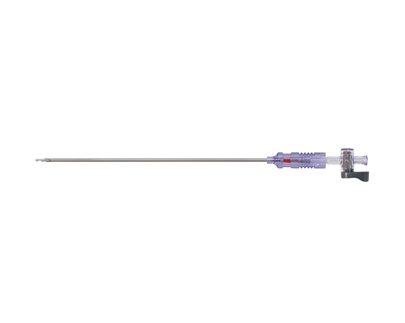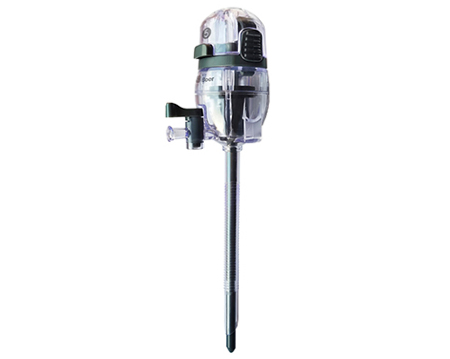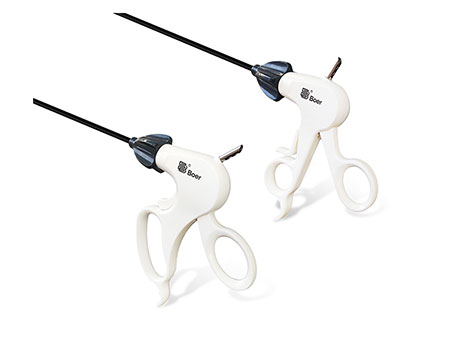The Future of Optical Trocar Technology: Trends and Developments
With advancements in medical technology, the field of surgery has seen significant progress in recent years. One such development is the optical trocar, a tool that has revolutionized minimally invasive surgery. In this blog, we will explore the future trends and developments in optical trocar technology.
Enhanced Visualization
One of the key advantages of using an optical trocar is the improved visualization it provides during surgery. Traditional trocars rely on external lighting sources, which can sometimes be inadequate in providing a clear view of the surgical site. Optical trocars, on the other hand, are equipped with built-in illumination systems that enhance visibility. In the future, we can expect further advancements in visualization technology, such as high-definition cameras and augmented reality overlays, to provide surgeons with even clearer images during procedures.
Improved Ergonomics
Another aspect of optical trocar technology that is likely to see development in the future is the design of the instrument itself. Surgeons often work for long hours in the operating room, and the comfort and ergonomics of their tools are crucial in preventing fatigue and injury. Future optical trocars may feature ergonomic grips, customizable settings, and lightweight materials to improve comfort and reduce strain on the surgeon.
Integration with Robotics
As robotic surgery becomes more common, the integration of optical trocars with robotic systems is a trend to watch for in the future. Robotic surgical systems offer precision and dexterity beyond what human hands can achieve, and by incorporating optical trocars into these systems, surgeons can benefit from enhanced visualization and control during procedures. This integration may also allow for automated movements and adjustments based on real-time feedback from the optical trocar, leading to more efficient and accurate surgeries.
Smart Technology
With the rise of smart technologies in healthcare, it is likely that future optical trocars will incorporate intelligent features to improve surgical outcomes. For example, these trocars may be equipped with sensors that can provide real-time data on tissue characteristics, blood flow, and other vital information during surgery. This data can help surgeons make more informed decisions and adapt their techniques accordingly, leading to better patient outcomes. Additionally, smart optical trocars may also have connectivity capabilities to integrate with electronic health records and surgical planning software, streamlining the entire surgical process.
In conclusion, the future of optical trocar technology holds great promise for the field of surgery. Enhanced visualization, improved ergonomics, integration with robotics, and the incorporation of smart technologies are just some of the trends and developments we can expect to see in the coming years. As these advancements continue to push the boundaries of minimally invasive surgery, patients and surgeons alike can look forward to safer, more efficient, and more effective procedures. The optical trocar is truly a game-changer in modern surgery, and its potential for innovation is limitless.



